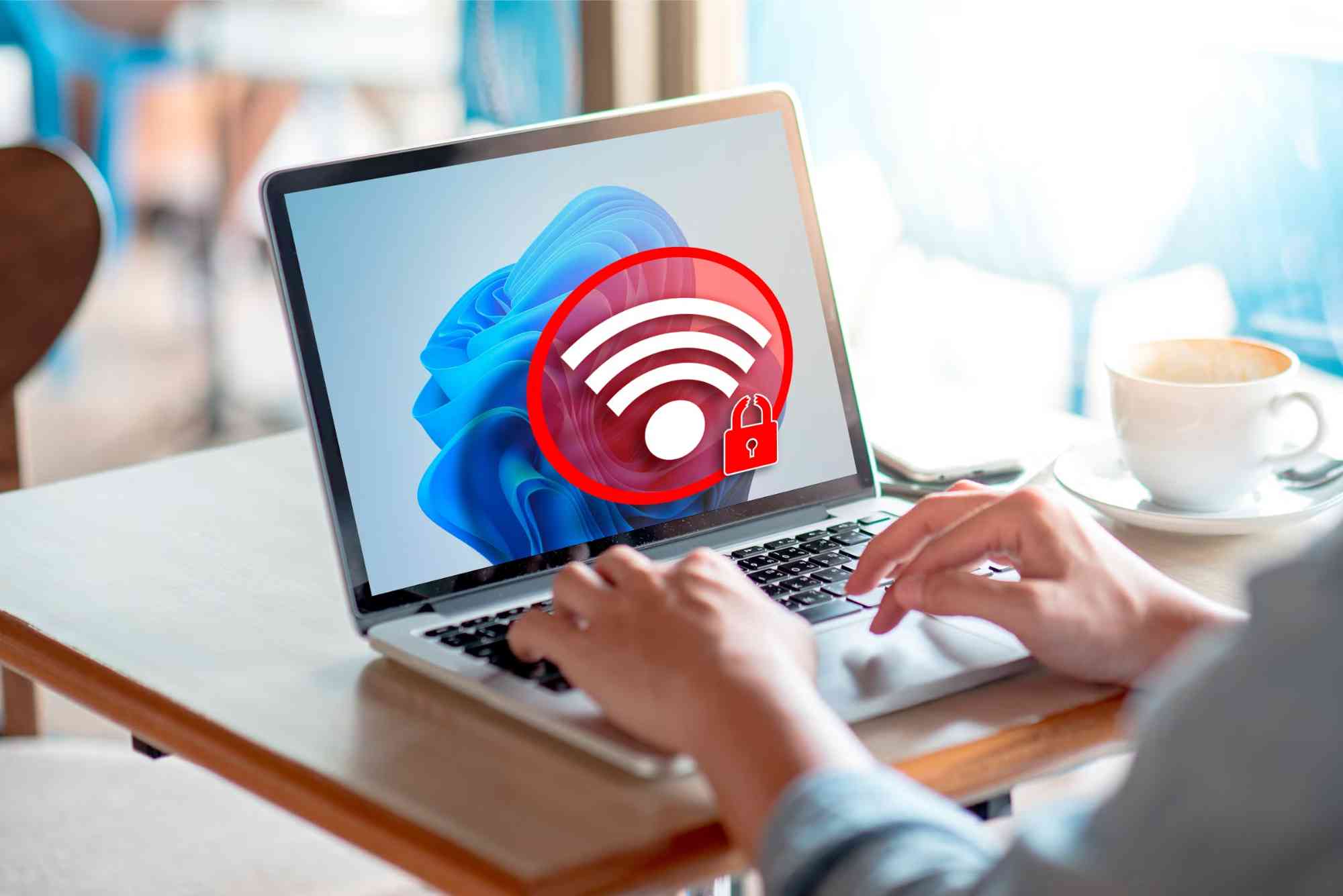Using Mobile Hotspot While Traveling: Tips and Tricks
In today’s digital era, staying connected while traveling has become a necessity rather than a luxury. Whether you’re a digital nomad working remotely, a tourist sharing adventures online, or a student attending virtual classes on the go, reliable internet access is essential. One of the most effective solutions for staying connected on the road is using a mobile hotspot for travel. This simple yet powerful tool can transform your smartphone or portable device into a Wi-Fi hub, allowing you to connect multiple gadgets wherever you go.
Travelers often face challenges like weak hotel Wi-Fi, expensive roaming charges, and restricted public networks. A mobile hotspot provides the perfect workaround, offering secure, high-speed internet in remote areas, airports, trains, and even on the beach. In this guide, we’ll explore how to use a mobile hotspot for travel efficiently, including practical tips, tricks, and expert insights to keep you online without interruptions.
What is a Mobile Hotspot for Travel?
A mobile hotspot for travel is a device or feature that allows you to share your mobile data connection with other devices, such as laptops, tablets, or cameras. It works by turning your phone’s cellular data into a Wi-Fi signal that nearby devices can connect to. You can either use your smartphone’s built-in hotspot feature or purchase a dedicated portable Wi-Fi hotspot device designed specifically for travelers.
While using your phone as a hotspot is convenient, frequent travelers often prefer dedicated devices because they offer better battery life, stronger connections, and compatibility with multiple SIM cards. These devices can handle more users simultaneously and provide more consistent speeds, making them ideal for business travelers and groups.
Why You Need a Mobile Hotspot for Travel
Having a mobile hotspot for travel ensures you’re not dependent on unreliable or unsafe public Wi-Fi. Many travelers have experienced the frustration of trying to connect in crowded airports or cafés with slow internet. With a hotspot, you can enjoy seamless connectivity for streaming, navigation, video calls, and uploading content from anywhere.
Additionally, it enhances online security. Public networks are often vulnerable to hacking or data theft. By using your private hotspot, your connection remains encrypted and safe. Moreover, it saves you from paying high international data roaming charges, as you can simply buy local SIM cards or eSIMs with affordable data packages.
Tips for Using a Mobile Hotspot While Traveling
Choose the Right Data Plan
Before setting off on your journey, research mobile data plans that cater to travelers. Many carriers offer international roaming bundles or travel SIM cards with large data allowances. If you’re traveling for an extended period, consider purchasing a local SIM card at your destination for cheaper rates.
When choosing a plan, check coverage maps to ensure your provider offers strong signals in your travel areas. Also, look for flexible options that allow top-ups or easy renewals online.
Use a Dedicated Hotspot Device
Although your smartphone can act as a hotspot, using a dedicated mobile hotspot for travel is more efficient for longer trips. These devices are portable, reliable, and can support up to 10 or more devices at once. They also have larger batteries, reducing the strain on your phone and providing hours of uninterrupted connectivity.
Some popular devices come unlocked, meaning you can use SIM cards from any carrier worldwide. This flexibility is particularly useful if you’re moving between countries frequently.
Secure Your Connection
When you set up your hotspot, always enable password protection. Open networks are risky, as anyone nearby could connect and use your data or even access your personal files. Choose a strong password and avoid sharing it with strangers.
For added protection, use a VPN (Virtual Private Network). It encrypts your data and hides your IP address, keeping your browsing activity private even when connected through your hotspot.
Manage Data Usage
Data can run out faster than you think, especially when streaming or using video conferencing apps. Monitor your data usage regularly through your phone’s settings or your carrier’s app. To save data, disable automatic updates, lower video streaming quality, and avoid downloading large files when possible.
You can also set a data limit or enable data-saving features on your device. Many travelers forget that background apps consume data quietly, so be sure to close unused applications before turning on your hotspot.
Keep Devices Charged
A mobile hotspot can drain your device battery quickly. Always carry a power bank or travel charger to keep your devices powered throughout the day. If you use a dedicated hotspot device, check its battery life and recharge it overnight.
In remote locations, solar-powered chargers can be a lifesaver. They’re eco-friendly and ensure your connectivity never drops due to power issues.
Check Local Regulations
Some countries have restrictions on Wi-Fi devices or require registration for SIM cards. Before traveling, research the regulations of your destination to avoid any legal issues. Also, ensure your hotspot device is compatible with the local network bands.
If your device supports eSIM, activate an international data plan before departure to avoid setup hassles upon arrival.
Tricks for Getting the Best Performance
Place Your Hotspot Strategically
Signal strength can vary depending on your environment. Place your hotspot near a window or open space for the best reception. Avoid metal surfaces or enclosed spaces that can block signals.
In vehicles or rural areas, consider using an external antenna to boost connectivity. Some portable hotspots allow antenna attachments that improve performance in low-signal zones.
Connect Only When Needed
To save both battery and data, disconnect your hotspot when you’re not actively using it. Leaving it on continuously drains resources and increases the risk of unauthorized connections.
Use Airplane Mode with Wi-Fi
If you’re using your phone as a hotspot, switch it to airplane mode and re-enable Wi-Fi and mobile data manually. This trick reduces interference and can sometimes improve performance.
Test Before You Travel
Before leaving, test your hotspot setup to ensure it works correctly. Check if your devices can connect and browse smoothly. Update firmware or apps in advance, as you might not have strong coverage for updates while abroad.
Common Mistakes Travelers Make with Mobile Hotspots
One common mistake is relying solely on hotel Wi-Fi and ignoring backup options. Even high-end hotels can have unreliable connections during peak hours. Another is overestimating data plans; many travelers run out of data mid-trip because they didn’t account for streaming or cloud backups.
Travelers also forget to secure their networks or fail to manage background data. Some even leave devices on in their bags, wasting battery and data simultaneously. Being mindful of these small details can make your mobile hotspot for travel experience much smoother and more efficient.
Best Practices for International Travel
When traveling internationally, always carry an unlocked device that supports global SIM cards. Compare regional data providers and choose one with good coverage and competitive rates. For frequent travelers, global Wi-Fi providers like Skyroam or GlocalMe offer prepaid plans usable in multiple countries.
It’s also wise to download offline maps and guides before your trip. That way, you’re not entirely dependent on internet access. If you work remotely, schedule heavy uploads or backups when connected to strong Wi-Fi to conserve your hotspot data.
Benefits of Using Mobile Hotspot for Travel
Using a mobile hotspot for travel brings freedom and flexibility. You can work from anywhere, navigate unfamiliar streets, or share memories instantly with family and friends. It’s also cost-effective, allowing you to choose plans that fit your needs and avoid expensive roaming charges.
Moreover, it empowers travelers to explore offbeat destinations without losing touch with the digital world. For remote workers, it ensures productivity doesn’t stop just because you’re on the road.
Reliable Connectivity Providers
If you’re looking for affordable and reliable internet solutions in Pakistan, Dhanote Internet Services offers excellent options for high-speed data and mobile connectivity. Whether you’re working remotely, studying online, or exploring new cities, having a stable internet service provider can make all the difference.
Using a mobile hotspot for travel is one of the smartest ways to stay connected in today’s fast-paced world. Whether you’re on a business trip, family vacation, or solo adventure, having your own reliable internet connection gives you freedom and peace of mind. By choosing the right device, data plan, and safety measures, you can enjoy uninterrupted connectivity anywhere in the world.
Frequently Asked Questions
How does a mobile hotspot work while traveling?
A mobile hotspot converts your phone’s or device’s cellular data into a Wi-Fi signal, letting other devices connect and access the internet.
Is it better to use a phone or a dedicated hotspot device?
A dedicated hotspot device is generally better for frequent travelers because it offers longer battery life and supports multiple connections.
Can I use my mobile hotspot internationally?
Yes, but check your carrier’s roaming policy. Some plans include international data, while others require separate SIM cards or eSIMs.
Does using a hotspot drain battery fast?
Yes, hotspot use consumes significant power. Keep a charger or power bank handy during travel.
Is it safe to use a mobile hotspot in public places?
Yes, as long as you use a password and a VPN to protect your data from potential security risks.








